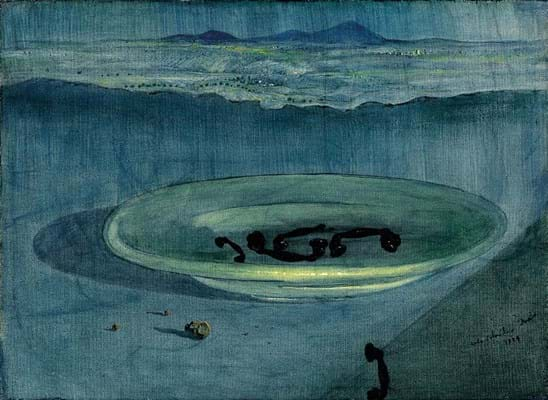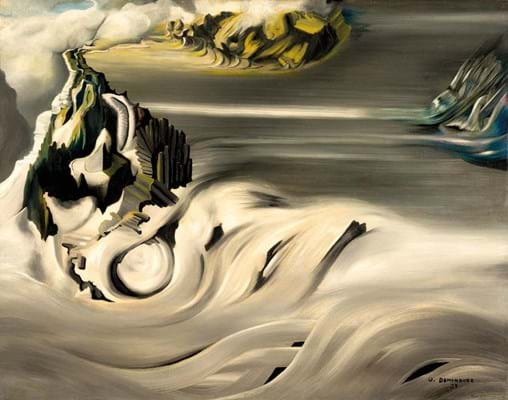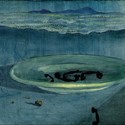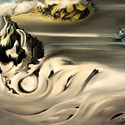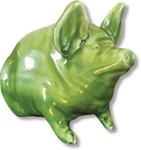Up next, he puts the spotlight on Surrealism’s first great practitioners and the theories behind their art in Surrealism: A Conversation (March 2-May 12).
Surrealist artists and writers believed that art allowed access to another reality and that, on the canvas or the page, the unconscious could be set free. These ideas and many others were initially set down in the first manifesto by André Breton in 1924.
But nearly a century later, the movement retains its appeal for artists and buyers alike.
Malingue’s exhibition follows hot on the heels of the two big London Surrealist evening auctions at Christie’s (February 27) and Sotheby’s (February 28).
Last year, these sales took a combined total of £60.3m (including buyer’s premium). Among the lots at Christie’s was Salvador Dalí’s Mae West lips sofa, bought for £473,000 including buyer’s premium, which remains the subject of an export ban.
Malingue capitalises on the movement’s ongoing popularity, featuring art by some of the giants of the movement: Dalí, Hans Arp, Max Ernst and René Magritte, among others. Each painting is meant to illustrate its artist’s worldview as well as to draw out the similarities between the various works. Spanning from 1923 to the early ‘60s, the show also addresses how Surrealism affected the latter decades of the 20th century.
“To arrange them in dialogue in this way allows the work to speak not just to each other but to the viewer, highlighting the theories of collective thought inherent in the Surrealist movement,” says Malingue, adding that this is key to “grasping the continuing relevance of this ground-breaking cultural movement”.
Other works demonstrate the Surrealists’ collaborative spirit. For example, a number of Cadavre Exquis are included. This Surrealist twist on an old parlour game had each artist draw a separate body part (head, torso, legs) on a piece of paper, fold it and pass it on to the next – Yves Tanguy, for example, or André Breton – to do the same. The resulting bodies are uncanny and bizarre.
Malingue cut his teeth at Galerie Malingue, his father’s dealership in Paris. The family’s network of galleries, which extends to Shanghai and Hong Kong, has helped give Olivier access to some of the range of Impressionist, modern, post-war and contemporary art that he offers.


